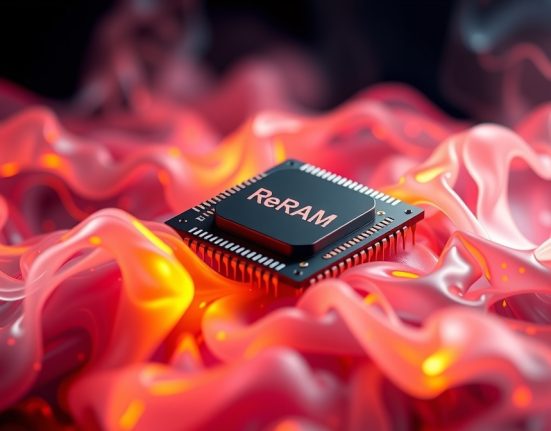Inside every electronic device we use daily, from our smartphones to electric cars, there are millions of tiny components that make everything work together. Most people are familiar with processors, memory chips and sensors, but it’s often the less talked-about parts like capacitors, inductors and resistors that quietly keep the whole system running. For years these were seen as simple background players, but now something exciting is happening. A new generation of smart passive components is transforming the way electronics are designed and built, bringing fresh layers of precision, intelligence and adaptability.
So what exactly makes a passive component smart? Traditionally, passive components don’t initiate actions. They respond. But this is where innovation steps in. Smart passive components are designed with advanced capabilities like sensing, self-adjustment, memory and even communication with other parts. A smart capacitor, for example, can adapt its capacitance based on temperature, keeping performance steady in changing environments. Smart resistors can adjust their resistance in real-time and alert the system if something starts to go wrong. Modern inductors can reduce noise and improve energy conversion far more efficiently than ever before. This isn’t the passive electronics we used to know. These are now active partners in modern circuit design.
Bringing intelligence into these once-simple components opens the door to huge benefits. Engineers can reduce space on the board since one smart part can replace several traditional ones. Systems can become more reliable, with built-in early warning signs for failures. Even maintenance becomes smarter with components that report their own health, allowing systems to predict issues before they happen. From automotive applications to medical devices and space technologies, smart passives are making their mark everywhere.
There is also a mindset shift happening here. Instead of seeing passive components as basic and boring, we’re now recognizing them as essential contributors to high-end design. Engineers are no longer asking just which processor to use, but also which smart capacitor can deliver faster response and which resistor can provide real-time monitoring. The design process is becoming more thoughtful and precise, and that means better products for the end user.
This field is still growing and filled with creativity. Companies are investing heavily to develop smaller, more reliable and affordable smart components. Universities are also diving in with research on new materials, nanotechnology and sensing systems that fit inside microscopic devices. It’s a quiet revolution that is changing the foundation of how electronics are built. Smart passive components may not be the superheroes of electronics, but they are proving to be the ones worth watching. In a world where every piece has to contribute something intelligent to the whole system, there’s no more room for parts that just do the bare minimum. The future belongs to the smart. Even if you’re a capacitor.














